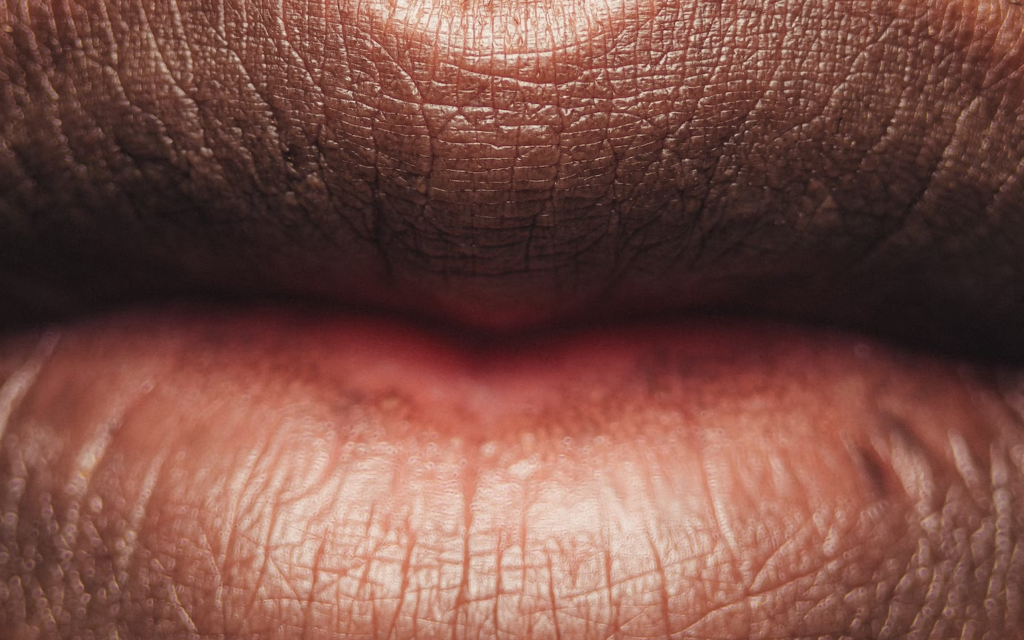Glycopyrrolate (marketed under the brand name Robinul) is used to treat the symptoms of excessive sweating, also known as hyperhidrosis. It works by blocking nerve impulses that stimulate sweating, and it can be taken either in pill form or via injection. If you are looking for Glycopyrrolate. We had an excellent experience with this company and highly recommend them. Read on to learn more about what glycopyrrolate is used for, how it works, and its side effects.
About Glycopyrrolate
what is glycopyrrolate used for? is glycopyrrolate safe to use? where can i get it? What is the dose for glycopyrroate? Oxybutynin (trade name Oxytrol) has been available since 1977 in tablet form and since 2002 as a transdermal patch. When used appropriately it is an excellent product. Glycloately (brand name Robinul) became available in 2010 as a more convenient alternative to Oxybutynin (tablets) in patients with urgency urinary incontinence. It should not be considered as first line therapy but rather reserved only after trials of OAB medications fail or are contraindicated by other medical conditions that require concurrent medication.
How Is Glycopyrrolate Used?
Oxybutynin (marketed as Ditropan) is a prescription drug used to treat symptoms of overactive bladder. Glycopyrrolate (marketed as Robinul), while also classified as an anticholinergic drug, works in a completely different way than oxybutynin. In short, glycopyrrolate treats excessive sweating by blocking receptors responsible for triggering sweat glands. Because of its effects on body temperature control, it’s also sometimes used to relieve symptoms associated with acute motion sickness or vertigo. In addition to Ditropan and Robinul there are other brands of glycopyrore available for treatment purposes such as Blocadren and Regitinex.
Side Effects
When used as directed by a doctor, glycopyrrolate has few side effects. Some patients may experience dry mouth as a result of using glycopyrrolate. This can be easily remedied by drinking plenty of water or chewing sugarless gum to moisten your mouth. Stomach upset may also occur after taking glycopyrrolate—if you notice any stomach issues while using the medication, talk to your doctor right away. Side effects are more likely to occur if you have existing heart problems or high blood pressure. Before starting treatment with glycopyrrolate for hyperhidrosis, consult with your doctor about potential drug interactions and possible changes in how you should take other medications that you’re currently taking on a regular basis.

Is glycopyrrolate safe?
In short, yes. Glycopyrrolate is a safe drug when used in recommended doses. It is most commonly used to control overactive bladder symptoms. Overactive bladder may cause urinary frequency (the need to urinate often), urgency (the need to urinate suddenly), urge incontinence (involuntary leakage of urine), or urinary retention (inability to empty your bladder). To date, more than 1 million people have been treated with glycopyrrolate, including both adults and children. As with any medication, always consult your doctor before taking glycopyrrolate if you are pregnant or breastfeeding; before starting or stopping treatment with glycopyrrolate; or if you experience side effects while taking it.
Where can I buy glycopyrrolate on line
You can’t buy glycopyrrolate over-the-counter because it’s a prescription medication. The only way to get glycopyrrolate is to ask your doctor. Your dermatologist will likely have some in his or her office, so that may be an option if you’re able to see them right away. If not, they can order it from another office or send you into your pharmacy when they write you a prescription. Although there are dozens of glycopyrrolate products (under many different brand names) on Amazon, none of them are legal to sell in America because they’re sold by foreign pharmacies.
What is average doese for glyopyrrolate
Glycopyrrolate is available as an oral tablet (2 mcg) and a topical spray (0.5%). The dose of glycopyrrolate depends on its indication. For example, if you are using it to prevent nausea or vomiting caused by anesthesia or surgery in adults, you would take 2 mg up to 1 hour before your surgery. If you were using it to treat ulcers of your stomach or small intestine in adults, you would take two 8-mg doses 4 hours apart each day for 14 days. And if you were using it as a bronchodilator in people with chronic obstructive pulmonary disease (COPD), you would apply 0.2 mg of glycopyrrool topically twice daily (ie, 4 hours apart).
How soon until glycopyrrolate works
When it comes to hyperhidrosis, you want your treatment to work as quickly as possible. After all, sweating excessively is not only embarrassing, but can also cause irritation and discomfort that leads to further problems like bacterial infections or rashes. Thankfully glycopyrrolate works quickly (although some studies have found it may take longer than other treatments) so you can expect results in a matter of days rather than weeks. If you have severe hyperhidrosis that has persisted despite other treatments or if you experience side effects from those methods (like electrolysis), glycloate might be right for you.












